Welcome to the transformative world of modern interior design, where sleek aesthetics meet functional elegance, creating spaces that not only look stunning but also nurture your daily life. Whether you’re setting up your first home or are a seasoned decorator looking to refresh your living space, modern design offers a versatile canvas that invites creativity and personal expression.
Modern interior design is more than just a trend; it’s a philosophy that embraces simplicity, harmony, and purpose. By mastering a few key principles, you can transform any room into a sanctuary that reflects your unique taste while enhancing comfort and efficiency. In this guide, we will explore the core elements of modern design, from the strategic use of color and texture to the innovative incorporation of technology and materials.
You’ll discover how to balance open spaces with cozy nooks, allowing both light and life to flow seamlessly through your home. We’ll also delve into the art of choosing statement pieces that anchor a room without overwhelming it, providing a foundation on which you can build your personal style. With practical tips and inspiring examples, this article is your roadmap to creating a modern home that is not just stylish, but also profoundly livable.
Understanding Modern Design Principles
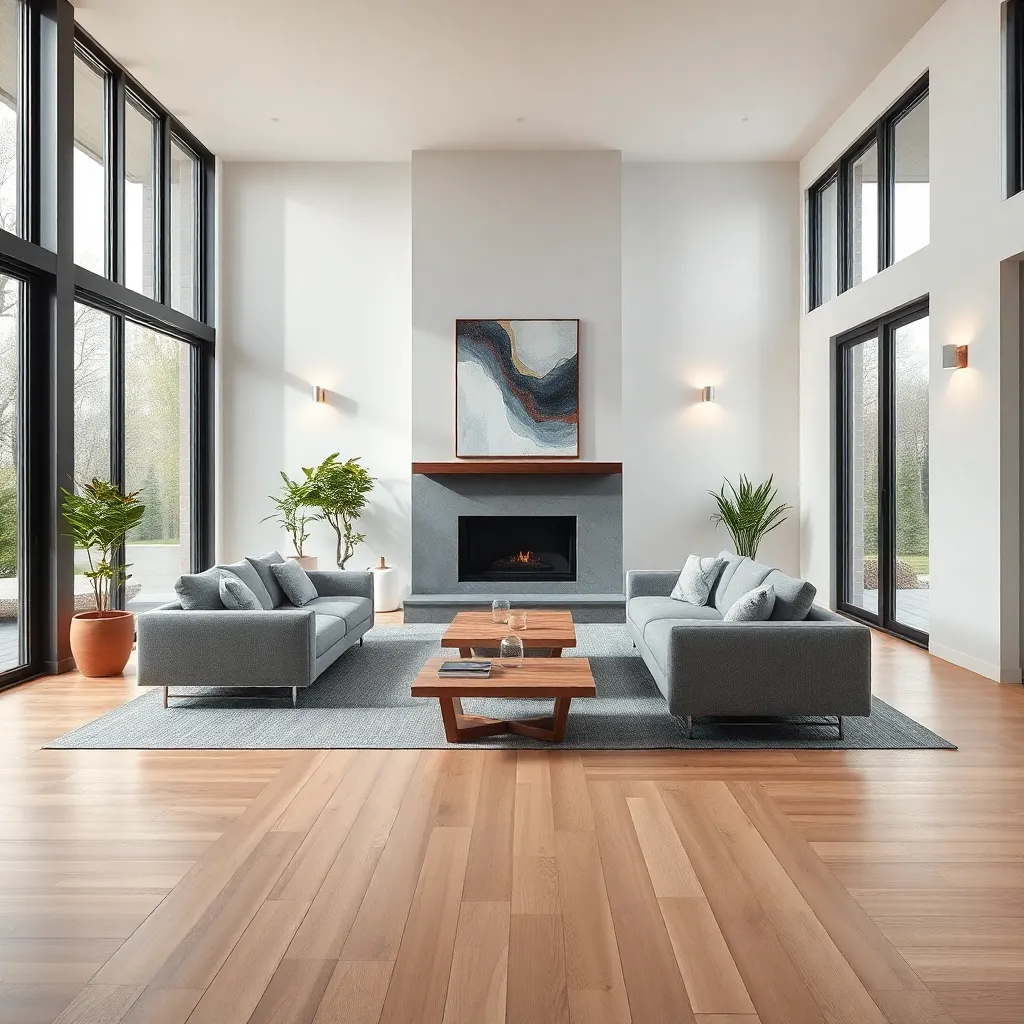
Modern design principles focus on simplicity and functionality, emphasizing the use of space and light. To achieve a modern look, opt for clean lines and uncluttered spaces that highlight the architecture of your home.
Start by selecting furniture with a minimalist aesthetic, such as a low-profile sofa or a sleek dining table. Neutral color palettes, like whites, grays, and beiges, serve as a perfect backdrop, allowing you to incorporate bold accents through accessories or art.
Incorporate natural materials like wood and stone to add warmth and texture to your space. Consider using a mix of different textures—such as a smooth leather chair paired with a chunky wool throw—to create visual interest and depth.
Advanced decorators can experiment with open floor plans that promote a sense of flow and continuity. Use area rugs to define spaces within an open layout, ensuring each functional area maintains its distinctiveness while contributing to the overall aesthetic harmony.
Incorporating Minimalist Aesthetic Elements
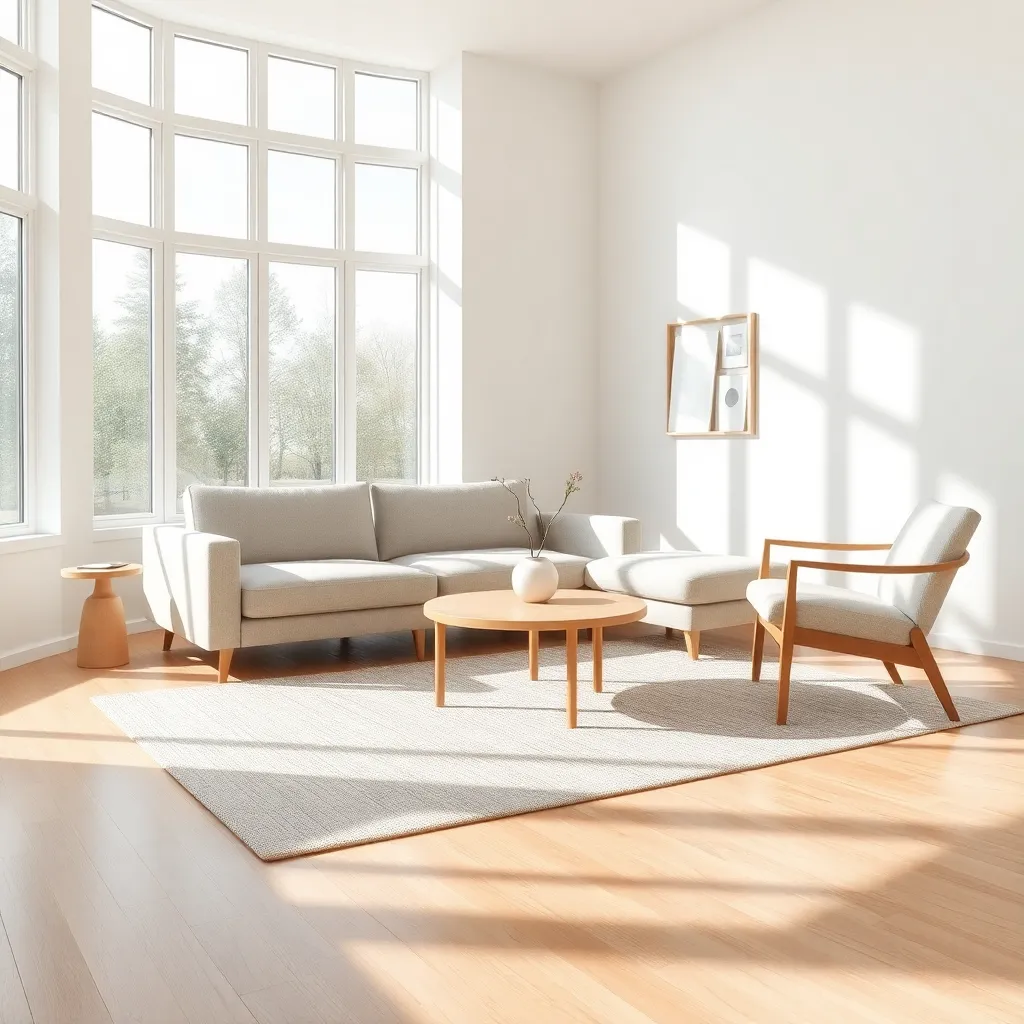
Embracing a minimalist aesthetic involves decluttering spaces to create a sense of calm and serenity. Start by choosing furniture that is both functional and streamlined, such as a sleek sofa with clean lines or a simple coffee table.
Opt for a neutral color palette that includes shades like white, beige, and gray to maintain a cohesive look. These colors can be accented with muted tones such as soft blues or greens to add subtle interest without overwhelming the space.
Incorporate **natural materials** like wood, stone, and linen to add warmth and texture to your interiors. This approach not only enhances the minimalist vibe but also brings an element of nature into your home.
For advanced decorators, consider using negative space to highlight key design elements. **Strategically placed artwork** or a statement piece of furniture can stand out beautifully against an uncluttered backdrop.
Choosing Sleek and Functional Furniture
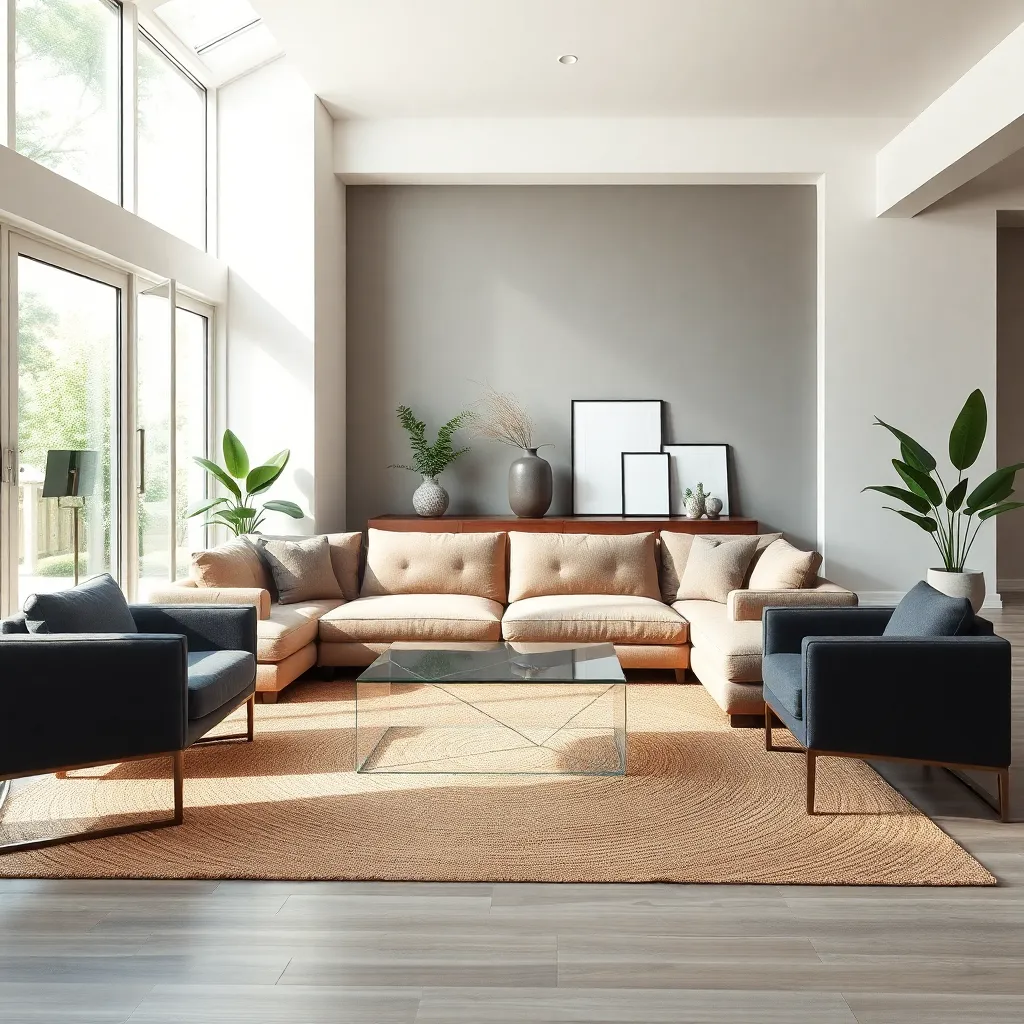
In the realm of modern interior design, selecting sleek and functional furniture is essential for creating a harmonious living space. Begin by choosing pieces that offer a blend of style and utility, such as a minimalist sofa with hidden storage or a sleek coffee table with integrated shelving.
Consider materials that not only complement your aesthetic but are also durable and easy to maintain. Opt for furniture in natural materials like wood or metal, which can be paired with neutral palettes to enhance a minimalist look.
Placement of furniture is crucial to maintaining an open and airy feel in modern interiors. Arrange your pieces to promote flow and accessibility, ensuring that each item serves a purpose without cluttering the space.
For those looking to add sophistication, explore furniture with subtle details, such as tapered legs or soft curves, which can add visual interest without overwhelming the design. Incorporating such elements can elevate your decor, making the space feel both elegant and inviting.
Integrating Technology with Style
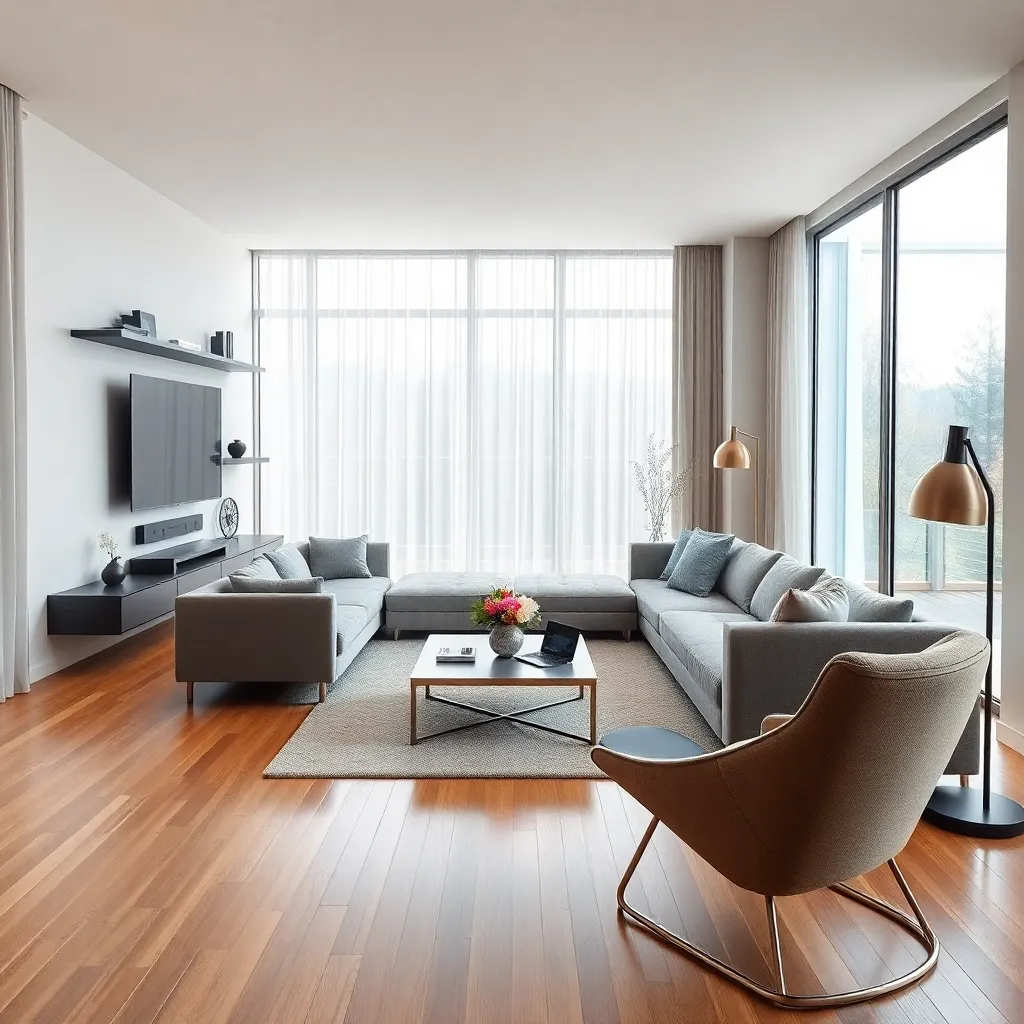
Incorporating technology into your home doesn’t mean sacrificing style. Begin by choosing devices that blend seamlessly with your existing decor, such as a sleek, wall-mounted smart TV or a discreet sound system that complements your room’s aesthetic.
Consider the functionality and placement of smart home devices to enhance convenience and design. For instance, strategically positioning smart lighting can create dynamic ambiance while also highlighting key architectural features or artwork.
Another approach is to use technology to elevate comfort and efficiency in your living spaces. Integrating a smart thermostat not only optimizes energy use but can also be paired with your home’s color palette by selecting a model with customizable covers or frames.
For those ready to experiment further, advanced options like smart glass can transform your space. This technology allows you to control privacy and light, offering the flexibility of frosted glass or transparent views at the touch of a button, perfect for open-plan living areas.
Maximizing Space with Open Concepts
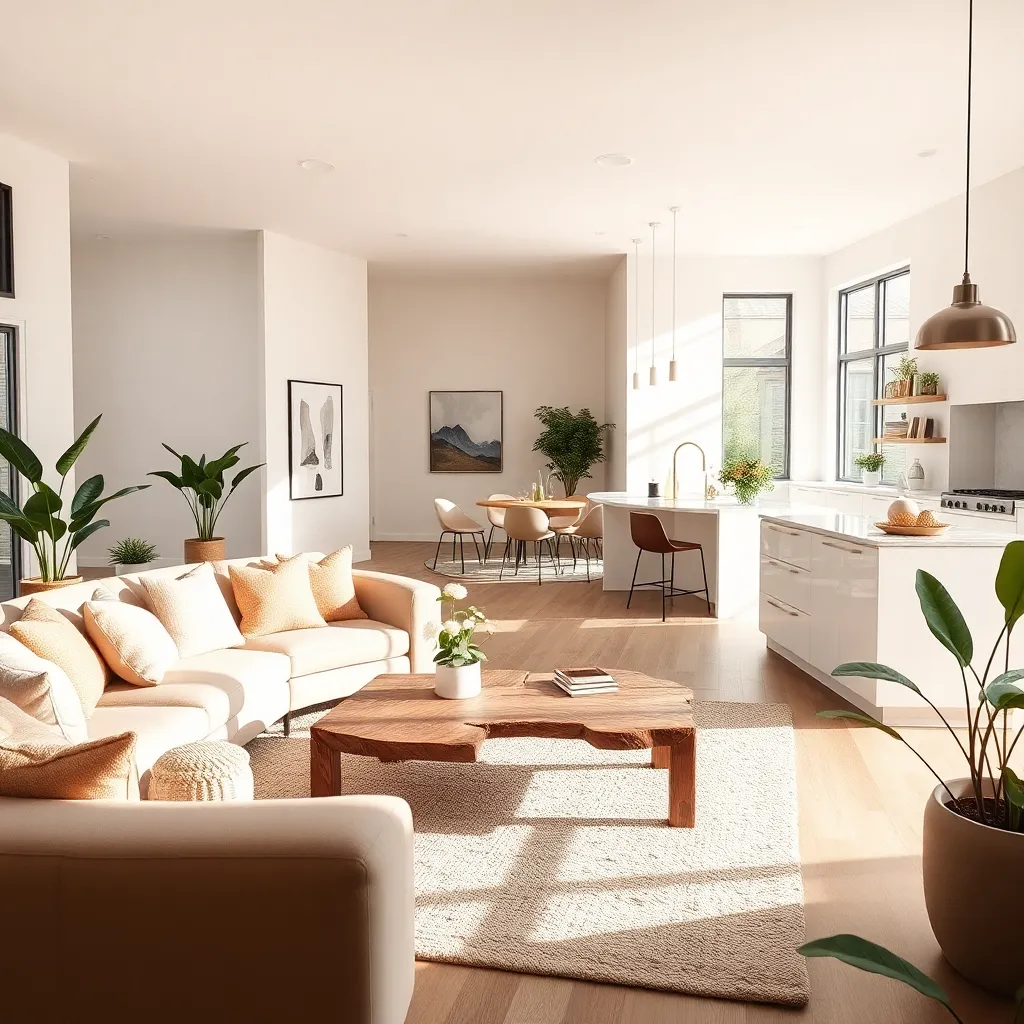
Open concept designs are an excellent way to maximize space, creating a sense of freedom and fluidity in your home. Begin by selecting a cohesive color palette that transitions smoothly from one area to another, using lighter shades like soft whites or pale grays to enhance natural light.
Furniture placement is crucial in open concepts to define distinct areas without walls. Opt for multifunctional pieces, such as a large sectional that serves as a divider between the living and dining areas, ensuring each space maintains its unique functionality.
Consider incorporating vertical storage solutions to keep open spaces clutter-free and visually appealing. Wall-mounted shelves and tall bookcases not only provide storage but also draw the eye upward, creating an illusion of higher ceilings and more spaciousness.
To maintain intimacy within an open floor plan, use area rugs to delineate different zones. Select rugs in complementary colors or patterns to tie areas together, while textured materials like jute or wool can add warmth and comfort underfoot.
Conclusion: Growing Success with These Plants
As we wrap up our exploration of ‘Modern Interior Design’ within the context of relationships, we’ve unraveled five key concepts to enrich your personal connections: the importance of open communication, the role of shared space in fostering intimacy, the power of adaptability in design and relationships, the necessity of creating personal spaces for growth, and the impact of aesthetics on emotional well-being. These insights are more than just design principles; they are tools for nurturing and strengthening your relationships.
To put this knowledge into practice, take a moment today to discuss with your partner or loved ones how you can incorporate these ideas into your shared environment. Whether it’s rearranging a room to enhance communication or creating a cozy corner for personal reflection, small changes can lead to significant improvements in your relationship dynamics.
We encourage you to bookmark this article, so you can revisit these concepts whenever you need a refresher or a boost of inspiration. By actively integrating these principles, you’re paving the way for relationship success that flourishes with time. Remember, a thriving relationship is like a beautifully designed space—functional, dynamic, and full of life. Here’s to building a future filled with love and harmony!
